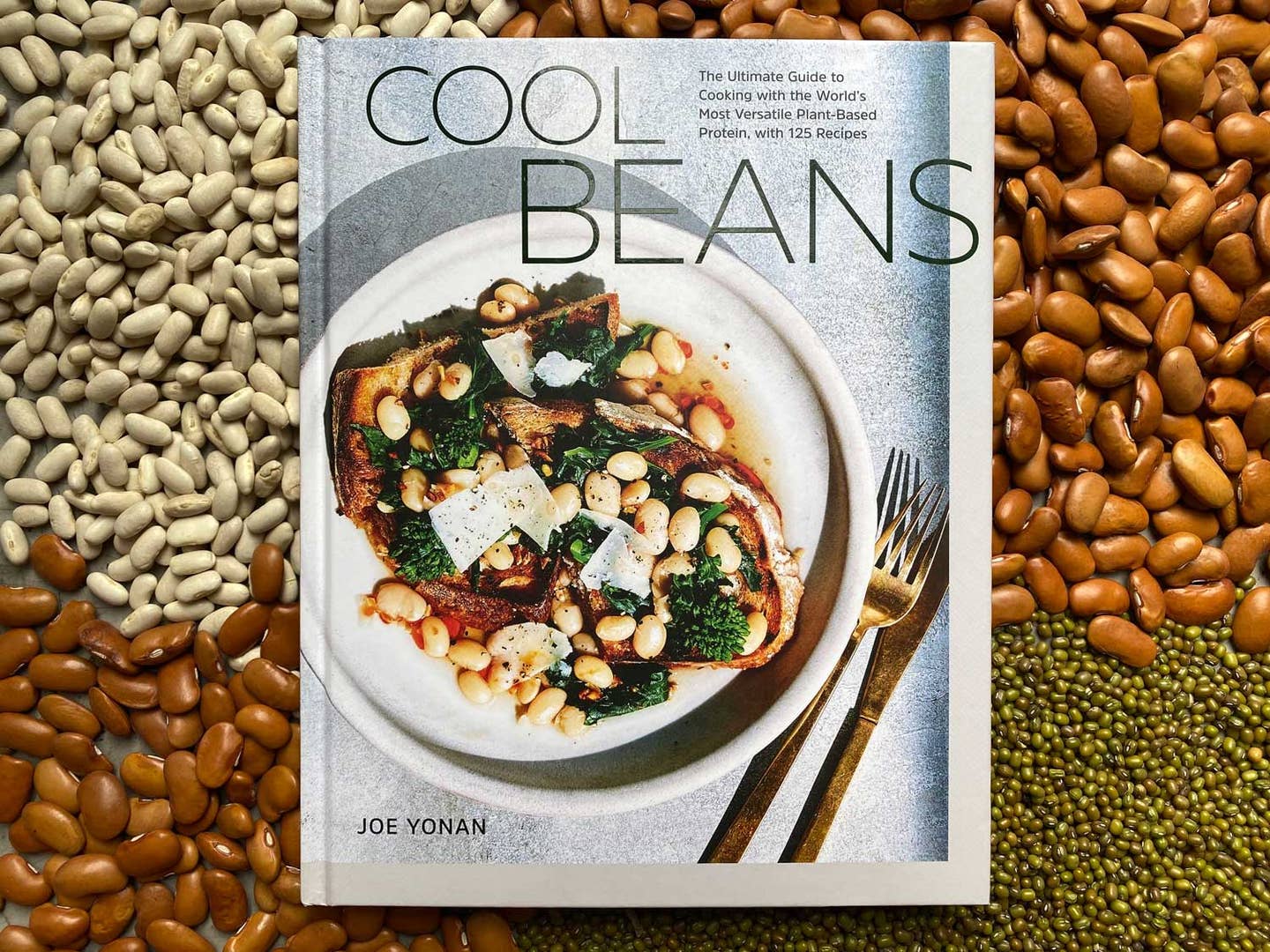
Let the Music Play: Joe Yonan’s Guide to Minimizing Bean-Induced Flatulence
The author of “Cool Beans” on mastering the art of the musical fruit.
“The more you eat, the more you toot,” goes the childhood rhyme about the “magical” (or “musical,” depending I guess on where you grew up) fruit. But this was no anti-legume screed; the next line, again with regional variations, goes something like, “The more you toot, the better you feel, so let’s have beans at every meal.”
Let’s first acknowledge that it’s impossible to talk about beans without talking about farting. Beans earned their magical/musical reputation the hard way: through repetition. Noisy, sometimes smelly repetition.
Why do beans cause flatulence? Blame it on the oligosaccharides, certain carbohydrates in beans for which we don’t have the enzymes to process, so they accumulate in the lower intestine, where our gut bacteria feed on them, fermenting them and releasing gas in the process. But it’s not just beans: any high-fiber diet, especially when it’s first adopted, can result in increased gas.
But what if you are particularly sensitive—or prone to embarrassment? Can you cut down on beans’ musicality? Yes, you can. Here are some tips:
- If you’re just starting to add beans to your diet with any regularity, stick with it. One 2011 study in Nutrition Journal showed that while half the participants reported experiencing more flatulence in the first week of adding ½ cup of beans a day to their diet, almost three-quarters of those said the symptoms dissipated by the second or third week.
- Try a variety of beans to see which you tolerate best. The Nutrition Journal study showed remarkable variance in individual responses to different types of beans. Canned beans typically have the lowest levels of oligosaccharides because of the processing, so that’s a good place to start.
- Soak your beans overnight in water, discard the water, and use a pressure cooker. A 2009 study in LWT–Food Science and Technology found that this combination reduced the oligosaccharides by 75 to 80 percent. The reduction was even higher when baking soda was added to the soaking water, according to a 1985 study in the Journal of Agricultural and Food Chemistry, but that also results in some loss of B vitamins. In fact, all soaking results in the loss of some nutrients, so be aware of that trade-off.
- Cook beans with kombu, which has long been purported to help with the digestion of beans. There is a scientific basis for this: kombu (Saccharina japonica) is indeed among the marine algae that contain alpha-galactosidase, the same enzyme we lack that’s required for breaking down the oligosaccharides. Other traditional additions that purportedly help with digestion include the Mexican herb epazote and the Indian powder asafoetida (also known as hing or heeng). Cumin and ginger, too.
- Try a commercial product such as Beano, which also uses the enzyme alpha-galactosidase to help digest the oligosaccharides in beans. Research has proven its effectiveness.*
I happen to believe that beans are so healthful we shouldn’t let fear of farting get in the way of our enjoying them. Some researchers, such as Harold McGee, say that since the oligosaccharides are feeding our bacteria, they themselves are part of what makes beans good for us.
Just make a joke of it—or a song.
*It’s worth noting that most of the available research evaluates the efficacy of alpha-galactosidases—not Beano, specifically—to reduce gassiness in some individuals. Here’s one such report.
Keep Reading
Continue to Next Story










